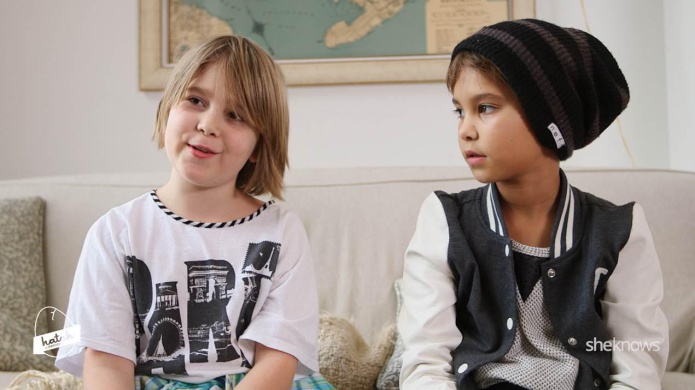Using Music to Engage Your Readers (Note: It's Going to Be Loud & You're Going to Love it!)
“Music expresses that which cannot be put into words and that which cannot remain silent.” - Victor Hugo
One of my favorite small moments in a day is listening to my students sing loudly, loud enough to be heard down the hallway, about the water cycle or the Preamble or whatever our current Science or Social Studies topic happens to be that day.
The right music can change the mood of the classroom. Most students love it immediately, some are too shy to sing but the change in their body language speaks volumes, and an occasional one or two play the "too cool" factor. The "too cool" kids come around eventually, though. Music and movement builds a creative and kinesthetic transfer of knowledge to students, minus the pressure of text-based learning. It's like a green smoothie...loaded with spinach, kale and vitamins but tastes like candy.
Over the years, I've compiled a list of go-to songs that correlate to our 3rd and 4th grade Science and Social Studies units, as well as a few just plain fun ones. I'm sharing them below. Enjoy!
Social Studies
Science
"Tour the 50 States"
(My favorite! I use it throughout the year.) |
|
| Explorers (Based on "Party in the USA", but it's catchy and memorable.) |
|
Science
Water Cycle
(You'll find yourself singing this one in the car, doing the dishes... It works, though! I've heard kids humming it while taking the unit assessment.) |
|
Just for Fun
Minions - "Happy"
|
|
Two final thoughts:
- A lot of these songs have ads before the song plays or in a side bar. I use the "freeze" button on my Promethean Board to ensure that I'm not showing these advertisements. I release the Freeze button as the song begins.
- I post these songs to my students' Edmodo accounts so that they can access the songs at home, too.
Have fun!


















